Growing cabbage step by step
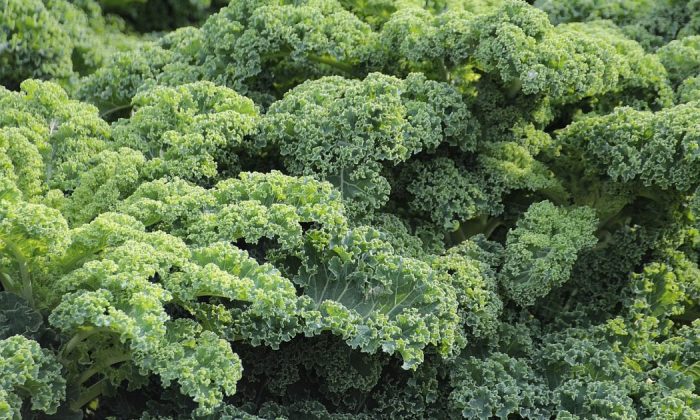
Cabbage (Brassicaoleracea L. var. Sabellica L.) is a very healthy vegetable. It is loaded with fibre, iron, calcium, potassium and vitamins B, E, A and C. You can recognize this plant easily thanks to its folding curly leaves that you can harvest the first year after planting. Leaves are usually dark green, but they can also be purple or brownish. If you do not harvest, the plant will produce flowers and seeds that you can use the next year.
Where can you grow it?
Growing cabbage is very easy but you need to follow few basic requirements. The soil pH should range from 6 to 7.5. Cabbage thrives in fertile clay soil and in sunny spots but you can have a good harvest in a sandy soil too – but you need to fertilize with compost. Cabbage can be grown even if the weather is cold because it can handle temperatures down to -15 °C.
Photo: Pixabay
Sowing and planting
Sow seeds into containers in mid-May. There are also varieties that need more time to grow and these must be planted in mid-April. The ideal temperature for seed germination is 20 °C, but as mentioned earlier, cabbage can handle low temperatures so, they will grow even if the temperature falls down to 2 °C . In six to eight weeks you should have strong seedlings and you can replant them outside. The spacing should be 50 x 50 cm. The last time when you may still plant is mid-July. Put seedlings little deeper than in pots. If you want to have a better and stronger taste you should grow in lower temperatures. Lower temperature means slower growth but stronger taste.
Tomatoes and cabbage are friends
Cabbage and tomatoes require a lot of nutrients and tomatoes repel pests that like to feast on cabbage, so try growing these crops close to each other. Another good idea is to plant cabbage in a veggie bed where you had peas or beans in the previous year as these plants release nitrogen into the soil, but only plant cruciferous vegetables in the same place once every four years.
Watering
Growing is not difficult, but you need to water properly. This is especially important during the summer. Once cabbage begins to form rosettes of leaves, much more watering is needed. Dry is not good so avoid dry soil.
Harvest
About five months after planting, most types of cabbages are ready for harvest. But that does not mean that you cannot harvest earlier. Young cabbage leaves are very popular and tasty. Some people do not harvest cabbage until after the first frost… Apparently, the frost turns starch in leaves into sugar and they become sweeter. Well, the truth is you can get sweet leave only through a photosynthesis that needs to work for long time. The longer the better. Frost has nothing to do with it. .
Source: https://twojogrodek.pl/Uprawa-jarmuzu-w-ogrodzie-wymagania-pielegnacja-wlasciwosci
Preview photo: Pixabay

Gardening is my hobby, I have a lot of experience and I am happy to share it.
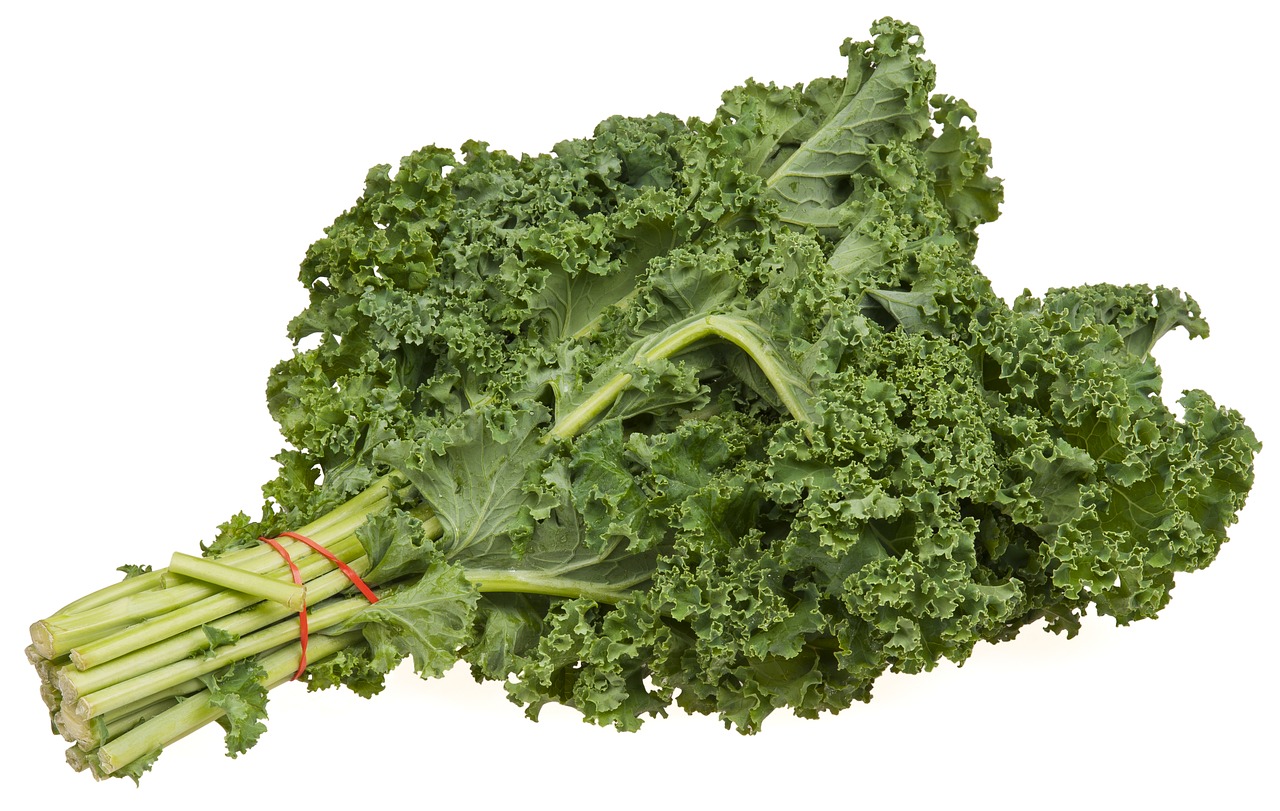



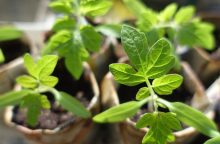
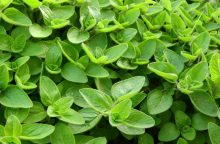


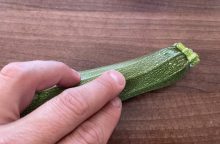
0 comments